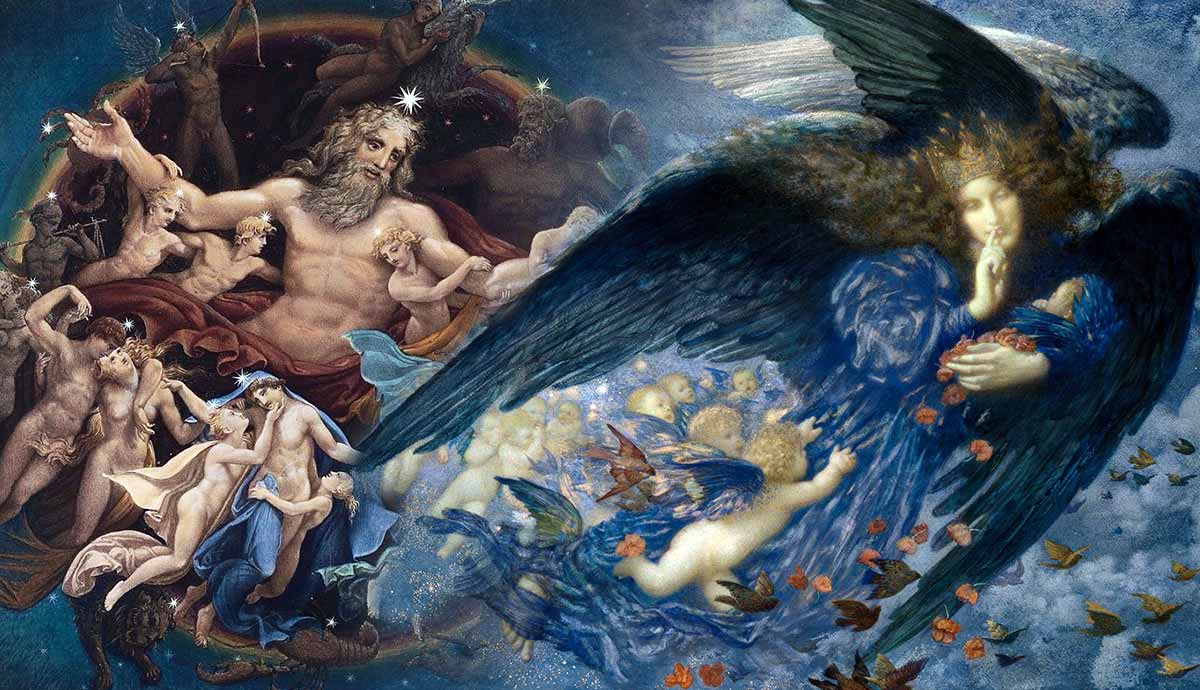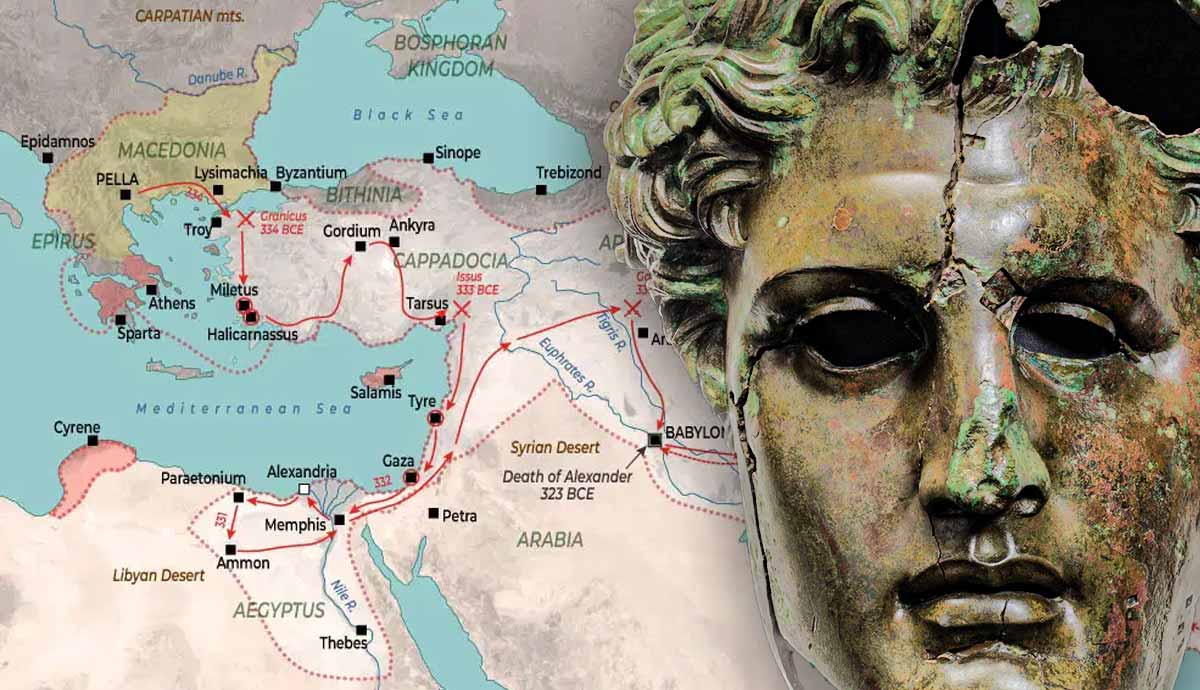
Antarctica is a cold and foreboding place where few creatures and people live. Those who do choose to trek to find settlement in that climate of ice and months of endless darkness are some of the hardiest people we can hope to meet. If we want to measure humanity’s endurance, we must judge such characters’ strength. It is a place that does not just test our resolve but also our love for history and trying to make sense of how it fits into our understanding of the past. This article will seek to answer a certain question related to the history of the frozen continent: were Polynesians in Antarctica well before the rest of the world? By looking at the current evidence of both archaeology, oral history, and written history, the answers to this question might be uncovered.
European Dealings with Ice

The ancient Greeks were one of the first cultures to conceive of a continent that was covered in sheets of ice to the far south. They figured that the world would need to be balanced with a cold southern region like the north, and they called it Arktos.
There is no evidence to suggest any Europeans sighted this fabled continent until at least 1520 AD. In 1522 AD, Portuguese explorer Ferdinand Magellan circumnavigated the continent, discovering the Strait of Magellan.
Several hundred years later, European explorers decided to journey to the berg waters to search for the mainland. This included James Cook in 1773, who was adamant he would be the only man ever to travel this far again and the only one to see so far. But little did he know this would be proven false just fifty years later. Following the “discoveries” made by these European explorers, the boom of Antarctic exploration began.
Polynesian Oral Histories

Even before the epic voyages of exploration by European sailors of the 15th century, there were those in the Pacific of Austronesian descent. They had been sailing their own “epic journeys” for almost three thousand years. Evidence from archaeological, biological, and oral history shows the astounding naval abilities of Polynesians and how they spread around the whole Pacific.
Around 2,000 years ago, the Polynesian culture was born out of the Austronesian cultural stew of intermixing with pre-existing Melanesian cultures in areas including Samoa, Tonga, and the Solomons.
Polynesians were born from their heavy reliance on the sea, developing unique cultures famous for their tattoos, distinctive languages, and of course, their unbeatable ability to create vessels to cut through the depths of the ocean. This unique context drew generations of sea explorers who went further than their forefathers before them as they pushed out into Remote Oceania.
They developed complex navigating and open sea vessels to travel long distances. It is no wonder then that the whole of the Pacific and every island that sat within it became occupied by peoples from this cultural explosion. By 1250 AD, they settled in New Zealand and Easter Island.
The Epic Journey of Hui Te Rangiora

A study done in 2020 highlighted that Polynesian oral histories showed an indication that perhaps they might have been the first to sight the cold southern continent in recorded history.
Polynesians across the Pacific talk about a great explorer Hui Te Rangiora who lived around 750 AD. He sailed from Rarotonga in the Cook Islands on his canoe Te Iwi-o-Atea on a voyage south, where he saw things utterly alien to a man born of a culture that existed in warm tropical climates.
“He saw the bare white rocks that towered into the sky from out the monstrous seas, the long tresses of the woman that dwelt therefin, which waved about under the waters and on their surface, the frozen sea covered with pia or arrowroot, the deceitful animal that dived to great depths – ‘a foggy, misty dark place not shone on by the sun’. Icebergs, the fifty-foot-long leaves of bullkelp, the walrus or sea-elephant, the snowy ice fields … all these he had seen.”
Quoted from Beaglehole, The Discovery of New Zealand, p.3
Te Waka o Tamarereti

It was not just one example of voyages like the previous one. In an intermix of myth and oral history, there is talk of Tamarereti in New Zealand. He was fascinated by auroras, and so he decided to undertake this southern journey to seek out the reason for their nature. Along the way, he saw lands of white and some sights which could be claimed to be the arctic circle. His journey south, even if it did not shed light on what he sought most, and his return allowed for the greater society to have knowledge of what lay in the waters far south of New Zealand.
Archaeological Evidence

So far, no archaeological site has been uncovered on the mainland of Antarctica that could be linked to pre-contact Polynesian settlements or explorers. The closest archaeology which relates Polynesian exploration to the continent is in the sub-arctic waters of the Auckland Islands.
A project led by Athol Anderson and Gerard O’Regan called The Southern Margins Project looked at the extent of southern Polynesia’s exploration of the Pacific. They found the Auckland Islands had the furthest south evidence for this expansion. One excavation found that the people stayed at this site for at least one summer with their dogs before moving on. This suggests they were exploring these waters around the 13th and 14th centuries. Who knows if maybe they went further south but never left the safety of their waves?
Fight Between Oral & Written History

European history paints a very straightforward narrative of the past which often favors the written record over tales passed down by oral traditions. The downside is that many histories of the past related to cultures that do not have a written tradition are not accounted for in the mainstream retelling of the past.
This is indeed the case in the affairs of Polynesians traveling down into the waters of Antarctica. Perhaps by the simple fact that some are unwilling to trust these tales being told, despite the lack of archaeological evidence, they are already applying cultural bias. A lot of the ancient European past relies on histories with no physical evidence left behind, so why do they not hold the oral sources of indigenous peoples to the same degree? Both source types hold the same personal biases and are products to change.
This is a byproduct of colonization, which is still prevalent in our society today. We need to be open to all sources related to the past and embrace every possibility. With the oral history of Hui Te Rangiora, of course, there is unlikely to be any archaeology as the ice shelf is constantly changing. If they stayed on their waka, there would be no evidence to prove otherwise. However, the fact alone this explorer traveled so far, and his story was enough to keep people retelling it is worth considering.
Conclusions: Polynesians In Antarctica?

This dive into the question of whether Polynesians discovered Antarctica was raised after a late 2021 study into the oral histories of this exact topic. Archaeology has only scratched the surface of what could have transpired in the early exploration of Polynesian voyages.
At this stage, archaeologists do not think that Polynesians landed on the mainland of the icy continent since there is evidence only as far south as the Auckland Islands. Thus, they prefer to stick to the side of current history, which maintains that Polynesians did not discover the continent. However, oral histories remain strong, and most Māori would argue that their ancestors did indeed travel that far south and brought back their tales of strange white islands floating in the seas around their Waka. This debate is another product of colonization and could further indicate a need to decolonize these conversations.
There is a possibility that there is still archaeology to be found, and more fieldwork needs to be done in this region to determine the answer. However, if these Polynesian travelers did journey so far south, maybe they did not land and simply saw it from a distance before they turned back. If that was the case, there is little physical evidence of that, and we must rely on these oral histories to paint an accurate picture of what happened.









